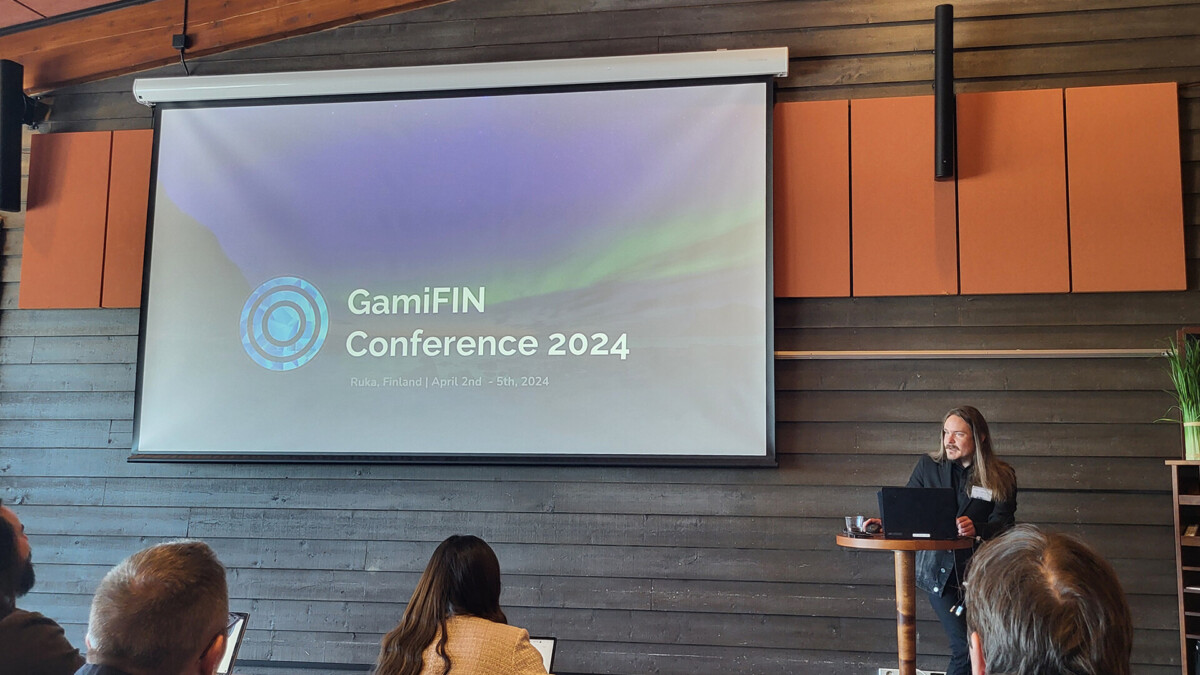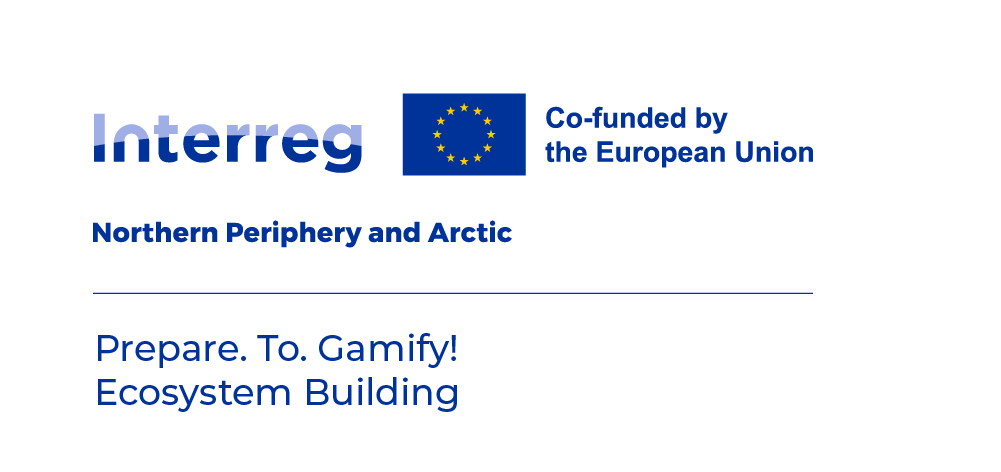
Savonia Article: Opportunities brought by the game industry and gamification
This work is licensed under CC BY-SA 4.0
When I was a child in the early 2000s, video games were often still considered as “children’s toys,” even though many games were clearly designed for adults. My father, who never considered himself a gamer, enjoyed World War II-themed video games. For him, these games offered a chance to experience historical events from the perspective of soldiers. Nowadays, in retirement, he sometimes enjoys playing online puzzle games, to keep his mind sharp.
Today, video games, or more accurately “digital games,” are fortunately more widely accepted as entertainment, and gaming culture has secured its place in nearly everyone’s daily life. Many of my age-mates who played games as children continue the hobby into adulthood. While the benefits of games have been recognized for a long time, it is only in the past decade that the broader potential of gamification across various fields has been explored. With the technological revolution, also the expertise of the game industry is increasingly needed.
Most people now understand that the game industry is part of the entertainment industry: developers create games that consumers use for leisure. But what does gamification in fact mean? Many might associate it only with educational games, but that is just one way to utilize the potential of gamification.
Gamification, researchers’ “toolkit”
Gamification can be seen as a “toolkit” suitable for a variety of needs. The challenges of effective utilization are significant, but they do not discourage researchers, and due to the research results, the possibilities of gamification are increasingly intriguing to companies as well.
At the international GamiFIN conferences held in Lapland, various studies have been presented on how gamification can be utilized in many different sectors, such as education, sustainable development, user interfaces, analytics, and forest management. The results have been positive, and there is evidence of the diverse benefits of gamification. Proper implementation is essential to ensure it captivates in a good way, enhances processes, rewards, and does not feel forced.
Companies are starting to consider how gamification could aid their business. For example, some companies reward employees with points and small prizes for completing training materials, encouraging continuous learning. In online stores, customers can collect points and achievements that reward them and entice additional purchases. From a sustainability perspective, gamification could also be used to reduce consumption.

The game development industry, pioneers of digitalization
The game industry naturally possesses a broad range of virtual expertise: programming, 3D modeling, and game design are key skills useful for utilizing versatile game engines in simulators and film production. In the future, there may also be a need for such expertise in Web 3.0, especially in its metaverses, where companies will increasingly want to bring their products and services into virtual environments.
In offering this expertise, game developers have a competitive edge, as their skills have been honed over decades of game development. Game developers can offer their expertise more generally in digitalization, internationalization, and, of course, gamification.
The game industry and gamification as developers of rural areas?
Experts in the game industry have already been enticed, and can be increasingly enticed, to settle in sparsely populated areas. Game industry entrepreneurs can work almost anywhere, provided that the necessary facilities, internet connections, and support networks are in place. In sparsely populated areas, affordable spaces are available and can be utilized for business activities. Gamification can create tools, for example, for youth activities, to promote the well-being and comfort of young people. Thus, the growing game industry and the utilization of gamification can help revitalize sparsely populated areas and improve opportunities for young people in these regions.
The goal of the Prepare. To. Gamify! Ecosystem Building feasibility project is to prepare the actual project, which aims to develop rural areas through the ecosystem of the game industry and gamification. The project duration is from December 1, 2023, to November 30, 2024. The main partner of the project is Savonia, and other partners include Mind Detonator (Sweden), which promotes game industry development outside major cities, Region Västerbotten (Sweden), which promotes Västerbotten county, and Ardán (Ireland), an organization supporting the audiovisual sector. Each party will carry out its regional development and promote solutions to common regional challenges through international cooperation among the parties.
More information about the project can be found on the Interreg NPA project and project’s own websites.
Writer:
Kalle Sievänen, Project Manager, Prepare. To. Gamify! Ecosystem Building -project, Sustainable Societies Research Field, Savonia UAS, kalle.sievanen@savonia.fi
Sources:
Games of Health Finland projects events 2014-2018
GamiFIN conferences 2023-2024
Richard Landers (3.4.2024) – GamiFIN Conference Keynote speech
Web 3.0 ja eteneminen kohti uutta internetiä – Mistä on kyse ja mitä se meille tarjoaa?
From the address: https://www.sitra.fi/artikkelit/web-3-0-ja-eteneminen-kohti-seuraavan-sukupolven-internetia-mista-on-kyse-ja-mita-se-meille-tarjoaa/ . Sitra. Referenced: 10.6.2024.
ChatGPT has been used to assist this article writing.
The article’s title image was created using the Midjourney image generator.
